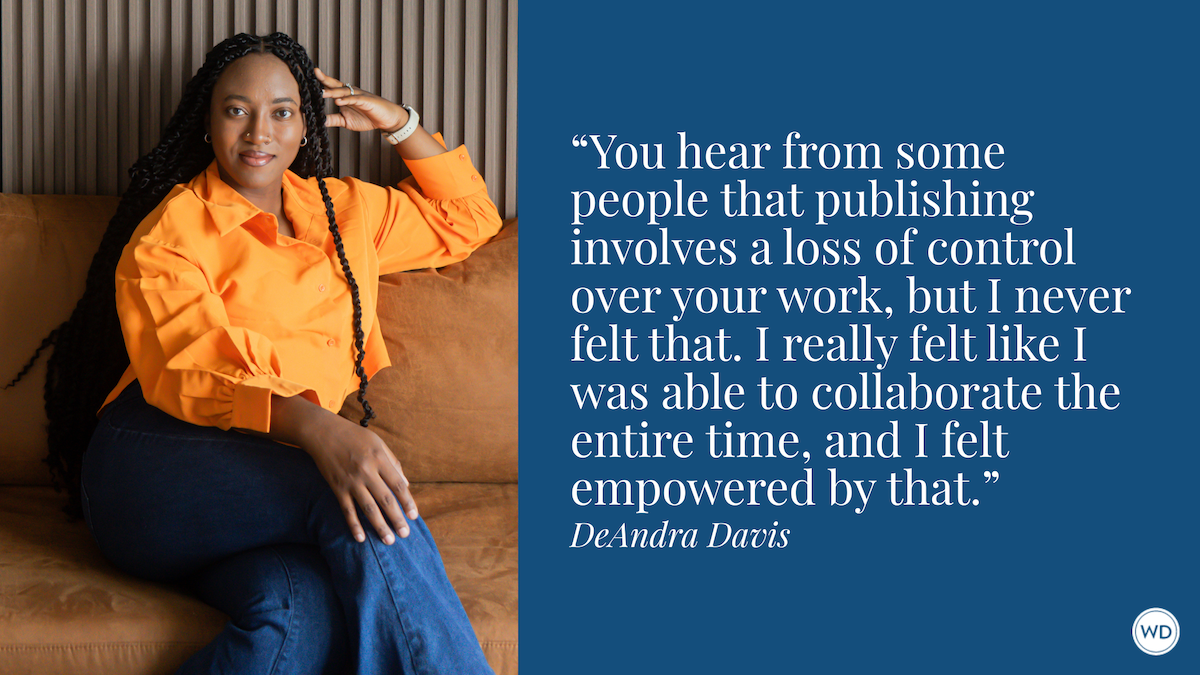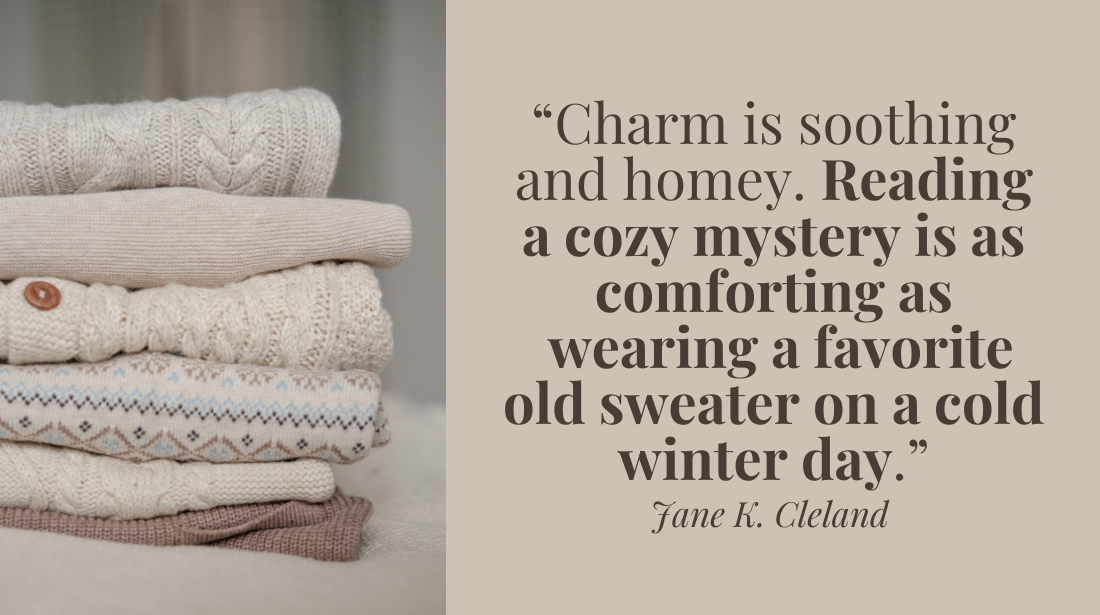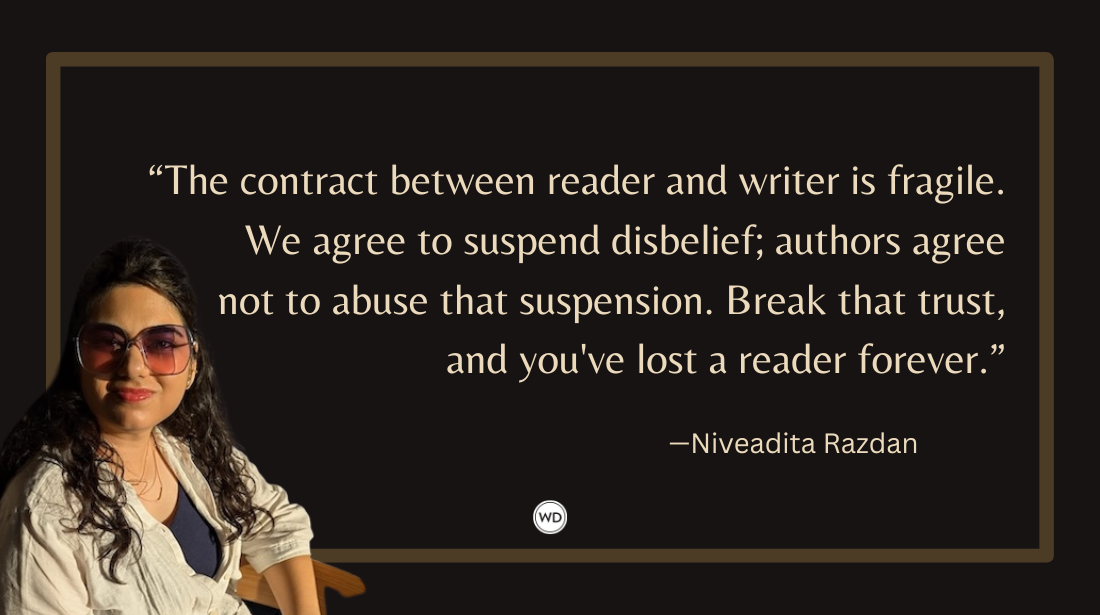9 Clues for Killing It in Crime Fiction
Award-winning mystery and crime fiction author Pamela Fagan Hutchins shares nine clues for killing it in crime fiction.
Crime fiction—beloved to readers and authors alike and ever-evolving. I’ve written mystery, thriller, and suspense over the course of my career but most recently have found myself in the deep end of crime fiction. If you aspire to write the dark side yourself, here are some clues on what readers expect from killer crime fiction.
Go dark and stay dark
Today’s best crime fiction leads with a crime, a criminal, and a victim. Resist the urge for backstory, meet cute, a day in the life of your detective, or any clever opening you’ve seen done once by a mega bestselling author who has earned the right to delay fulfilling reader desires. Horrific crime + villain + victim who deserves justice is the impetus of every crime fiction novel. Start dark and stay dark, with violence, murder, theft, betrayal, kidnapping, and the like. For a series, weave this crime into an underlying crime narrative and/or villain who can extend across books and have readers leaning in from one to the next.
Torture your lead
Readers today embrace suffering, and it starts with your lead. Give her a tortured past that results in Grand Canyon-sized flaws in her character and haunts her to the present, influencing her choices and behaviors and shaping her motivations. Something about the combination of the crime plus your lead must result in her drive toward justice, which makes her willing to take chances with her wellbeing… and that of others. Then, plant people and things in her life that are important to her so you can torture her by putting them at risk or taking them away. Beware the desire to solve her problems. She must continue suffering for reader enjoyment.
Crave sympathy
Every crime begs a criminal. Crime fiction especially begs one with a capacity for evil, but a healthy dose of self-justification and motive that must make sense even as we law abiding denizens of good cannot accept it. Your criminal will be driven by the mirror image of that which is driving your lead to pursue justice. He will be creepy but not one-dimensional with a unique signature to the crimes. How creepy? That depends on the comfort level of your readers for darkness. And your own…
Breaking legs
It’s not only the crime narrative and your lead’s dark past that help you create a series. It’s also the supporting cast of realistic if imperfect characters with their conflicting motives and desires. Every one of them should have a backstory (at least known to you), even if only one sentence, that makes them memorable and launchable into roles in future books. Your lead cannot carry the burden of sustaining reader interest alone. Beware killing off one of them on a whim when they are necessary for the legs of the series, but do not shy away if it’s their time to go.
Introduce the fear factor
Let your readers feel fear through the five senses of the crime victims, characters they care about because of their authenticity. Build up the tension and amplify the terror in the cutaway shot, where your readers use their imaginations to paint a scene far worse than you’ll ever describe for them. Stephen King’s It comes to mind.
House of horrors
A cabin in the woods, a deserted warehouse, a posh apartment overlooking Central Park. Wherever your crime is set, give it the depth and authenticity of a character. The sounds, the smells, the textures, the emotions it evokes. The weather, the terrain, the culture, the traffic, the community, the food. Once you figure out the capacity to create havoc and terror in your setting, you will more clearly see what kinds of characters live within it and what they will be up to. This may impact your crime, criminal, and victim, in the best of all writing worlds.
Electric shock
Another reasonable expectation of your reader is that you will deliver unto them a dizzying series of electric shocks in the form of chapter ending cliffhangers, timely and well-extended red herrings, and jaw-dropping plot twists at crucial beats within the story. Peruse the reviews of successful contemporary crime fiction and you will see the theme of twists, surprises, and shocks repeated across them. It may be tempting to end a few chapters or acts on notes of success or peace but see above Torture the lead and resist, resist, resist.
Detail kills
In the world of crime fiction, assume every reader is an armchair expert (sometimes, they truly are). Consult or research to ensure your details are correct and use them to build a plausible story that is on the bounds of possibility and credulity. But omit most of what you learned. Use just enough, not too much. Write it authentic but lean. Why? Detail kills. Not only is this where you will inevitably make a poor judgment call or an outright error, but excessive detail kills pace. And the death of excitement, tension, and forward propulsion in your book may be the death of your series.
Just desserts
Depending on your sub-genre, you’ll end your story with a solve or not, justice or not, retribution or not. Beware failing to know which your readers need to continue with the world you’ve built. You’ll have taken them on a journey of suspense, repugnance, and excitement. Might they be craving some modicum of relief? They’ll skewer you publicly over any clues and loose ends you fail to wrap up, at the least. A comment on society cleverly woven into the fabric of your book and subtly punctuated in the final pages can help further delicious closure for many readers.
Mastering these elements may make you the hero who saves your own story from a gruesome death.
Check out Pamela Fagan Hutchins' Her Burning Lies here:
(WD uses affiliate links)








